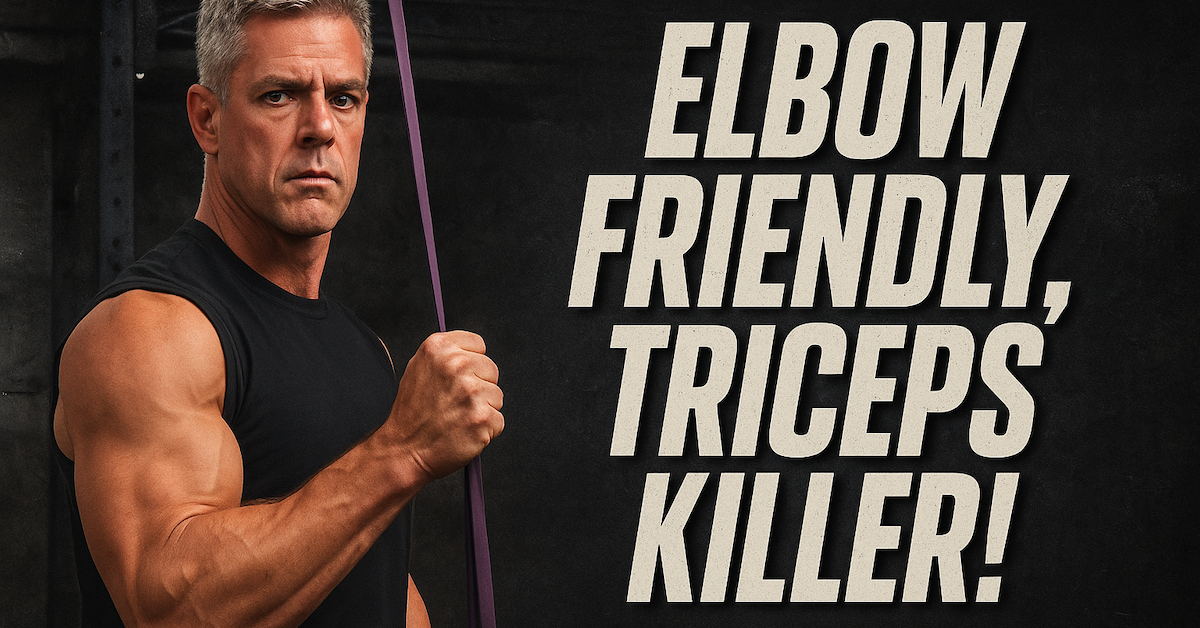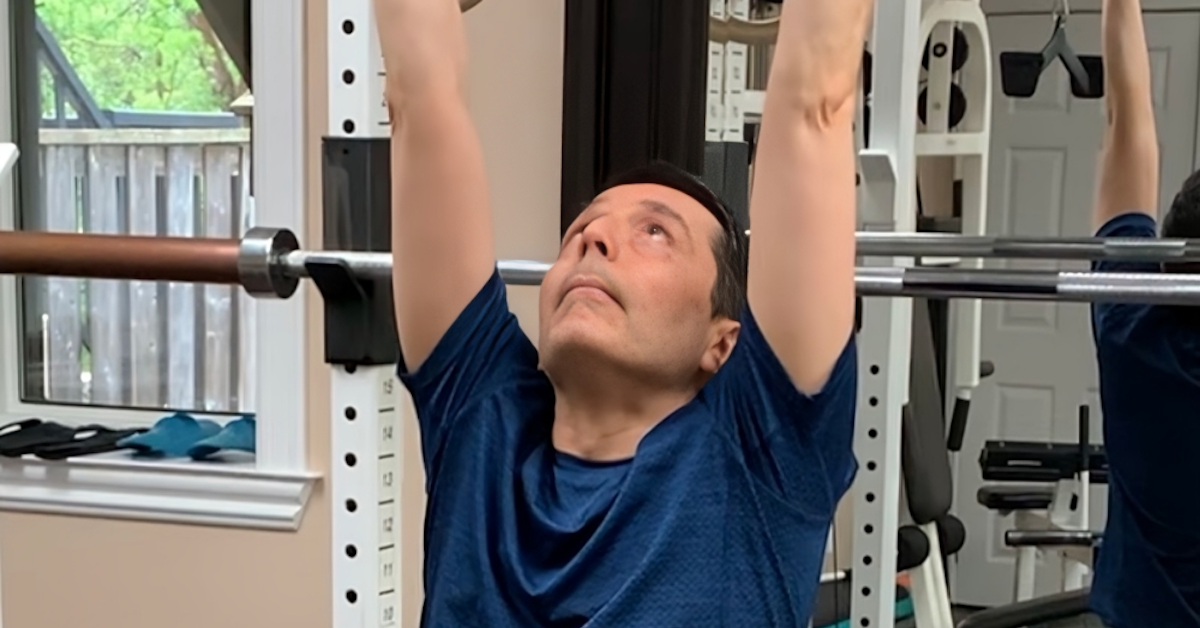You’ve been told that the hamstrings are predominantly fast-twitch fibers, so for years you’ve been training them accordingly: heavy loads, low reps, explosive concentrics, and plenty of rest between sets.
You’ve also been told that maintaining ankle plantarflexion during leg curls increases hamstring activation, so you’ve been doing them that way as well. And initially, it worked — your hamstrings responded and grew.
But now? Progress has stalled. No matter how you try to shake things up, your hamstrings refuse to budge.
You’ve tried doing leg curls one leg at a time… seated, lying, kneeling, standing… with feet rotated in, feet rotated out… nothing seems to work anymore!
Here’s something you probably haven’t tried:
→ Cut the weight in half, increase the reps, and slow it down.
For example, if you typically perform 4-6 sets of 4-6 reps as explosively as possible, try 2-3 sets of 8-12 reps using a 4-0-2-0 tempo — but with half the weight.
The Key: Tempo
Make sure you execute the tempo properly. You don’t need to go super slow, but you do need to go slow enough to feel the hamstrings contract throughout the full range of motion.
Think:
- One-mississippi, two-mississippi on the way up
- One-mississippi, two-mississippi, three-mississippi, four-mississippi on the way down
Establish the speed and range during your warm-up sets so that by your work sets, it’s automatic.
What a Difference!
You’ll quickly discover how different this feels.
Typically, most people initiate a leg curl with a burst of force — then momentum takes over. The hamstrings do very little after that initial pull; they’re basically just along for the ride.
Because the weight is usually too heavy, form breaks down fast. Your butt comes up to shorten the range. And even if you start with ankle plantarflexion, by the second or third rep you’re already in dorsiflexion as your calves jump in to help.
But if you lighten the load and slow things down, you’ll feel your hamstrings working like never before — even with what seems like a “light” weight.
Faster Recovery, More Frequency
Since you’re only using half the weight, you can also cut your rest time in half.
If you normally rest 3-4 minutes between heavy sets, 90-120 seconds will suffice here. And while you may only train hamstrings heavy once per week, this lighter approach will allow you to hit them twice per week without issue.
Get Ready for a Challenge
Don’t be fooled when you start training this way — it’s more demanding than you might expect.
The first set should feel manageable, but after that, your performance may drop dramatically. In fact, you might lose several reps by the second set, especially if you’re not accustomed to training your hamstrings like this.
No problem — as you fatigue, it’s okay to lift the weight with dorsiflexion. But always lower the weight with plantarflexion to maximize hamstring involvement. On the third and final set, reduce the weight and try to maintain plantarflexion throughout.
No Place to Hide
When you train this way, there’s nowhere to hide any weakness. Both hamstrings must work through the entire range of motion — not just part of it.
You may notice one side working harder if an imbalance has developed over time without your knowledge. This method will quickly reveal any left-right discrepancies. If an imbalance exists, perform the exercise one leg at a time, always starting with the weaker side.
Encourage New Growth
Train this way twice a week for 3-4 weeks, and you’ll stimulate fibers that have been dormant for quite some time.
Sure, you’ve likely been hammering your type IIb fibers for years, but that doesn’t mean you can’t hypertrophy the type I and IIa fibers. In fact, that may be exactly what’s needed to spark new growth.
Keep in mind: as you fatigue, you’ll recruit more fast-twitch fibers — so take each set to failure to fully reap the benefits of this approach.
Really, how fast-twitch dominant are the hamstrings anyway? On average, the biceps femoris is approximately 66% type I fibers (see Table 4, page 30 of The Elite Trainer).
That’s just another reason to give this method a try.
Safe, Effective, and Powerful
This method won’t hurt you — in fact, I guarantee it’ll do the opposite.
Executed properly, you’ll feel your hamstrings working, perhaps for the first time in years. And you’ll see them grow — possibly for the first time in years as well!
Sure, the weight might be light, but by the end of your sets, your hamstrings will feel heavy.
Give this method a shot — once you experience it, you may never look back.
(Unless you’re admiring your newfound hamstring development in the mirror!)

Standing Band Pressdowns: The Joint-Friendly Triceps Builder
If you want bigger, stronger arms but struggle with elbow pain or can’t seem to get the right triceps activation

Target Your Rear Delts Like Never Before
If you’ve struggled to feel your rear delts working—or to fill in that rear delt gap—this variation of the bent-over

Leo’s Chin-Up Journey (Day 1): From Zero to Hero
Can’t Do a Chin-Up? Neither Could Leo… But That’s About to Change. Leo started training with me back in September.
follow
Error: No feed with the ID 2 found.
Please go to the Instagram Feed settings page to create a feed.
